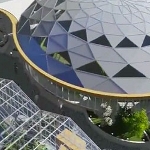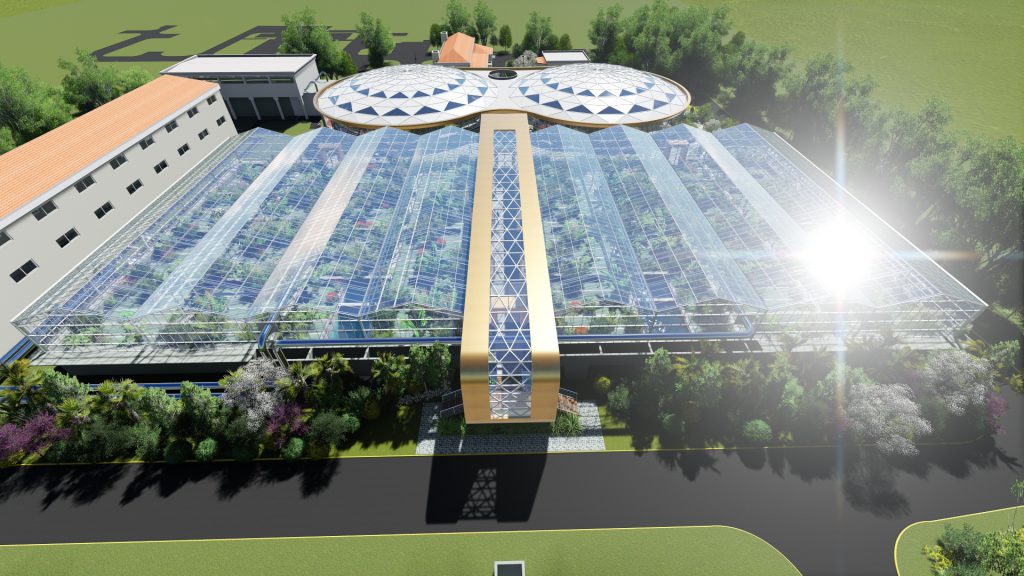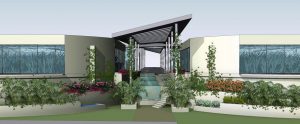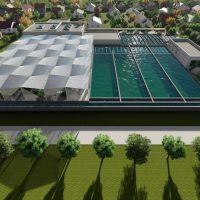Posted on June 30, 2016
What is the image of a waste water treatment plant (WWTP) in your mind? A deep reinforced concrete clarifier with bad odour? Next year, a WWTP with a complete reversal of the traditional image, designed by Shanghai Tunnel Company SUCDRI and built by Road and Bridge Group, is going to settle down in Wusong.
Why do we say that it is a whole new image of WWTP? You will figure out by checking the pictures below
However, someone might have a question, “Excuse me? Why are there so many plants in this WWTP?” Since it is a WWTP, it is built for the purification of wastewater. And all the plants will replace activated sludge and artificial machines, which will treat over 40,000m3 of wastewater per day for the city residents.
The Wusong WWTP is the first botanic garden wastewater treatment plant which applies an FCR solution for the treatment of sewage. FCR (abbreviation of Food Chain Reactor), includes plants in the WWTP that provides a habitat for microorganisms, which can digest the impurities (organics and nutrients) in the sewage.
After the reform by SUCDRI, there will be over 3,000 pieces of plants, including mandala flower, catharanthus roseus, common alder, canna etc. and microorganisms that builds a water ecological food chain in the WWTP through natural and artificial methods. It will improve urban environment while treating over 40,000m3 of wastewater per day for the city residents.
The WWTP becomes a garden in the city
People who live around traditional WWTPs think of them as “dirty, messy and smelly”. It is because of both the technology and land tension.
The FCR will not only reduce land by over 60% and OPEX by over 30%, but also produce less sludge and provide a beautiful odorless landscape. The structures of plant roots as biofilms not only enhance the amount of microorganisms in the water by 3-4 times, but also create a stable process system which fits the unexpected fluctuation of sewage loading so as to minimize the negative effect to surroundings.
In addition, the botanic garden style replaces the traditional concrete block style, which combines architecture with the urban landscape naturally and turns the traditional WWTP which people dislike into a botanic garden in the city.







